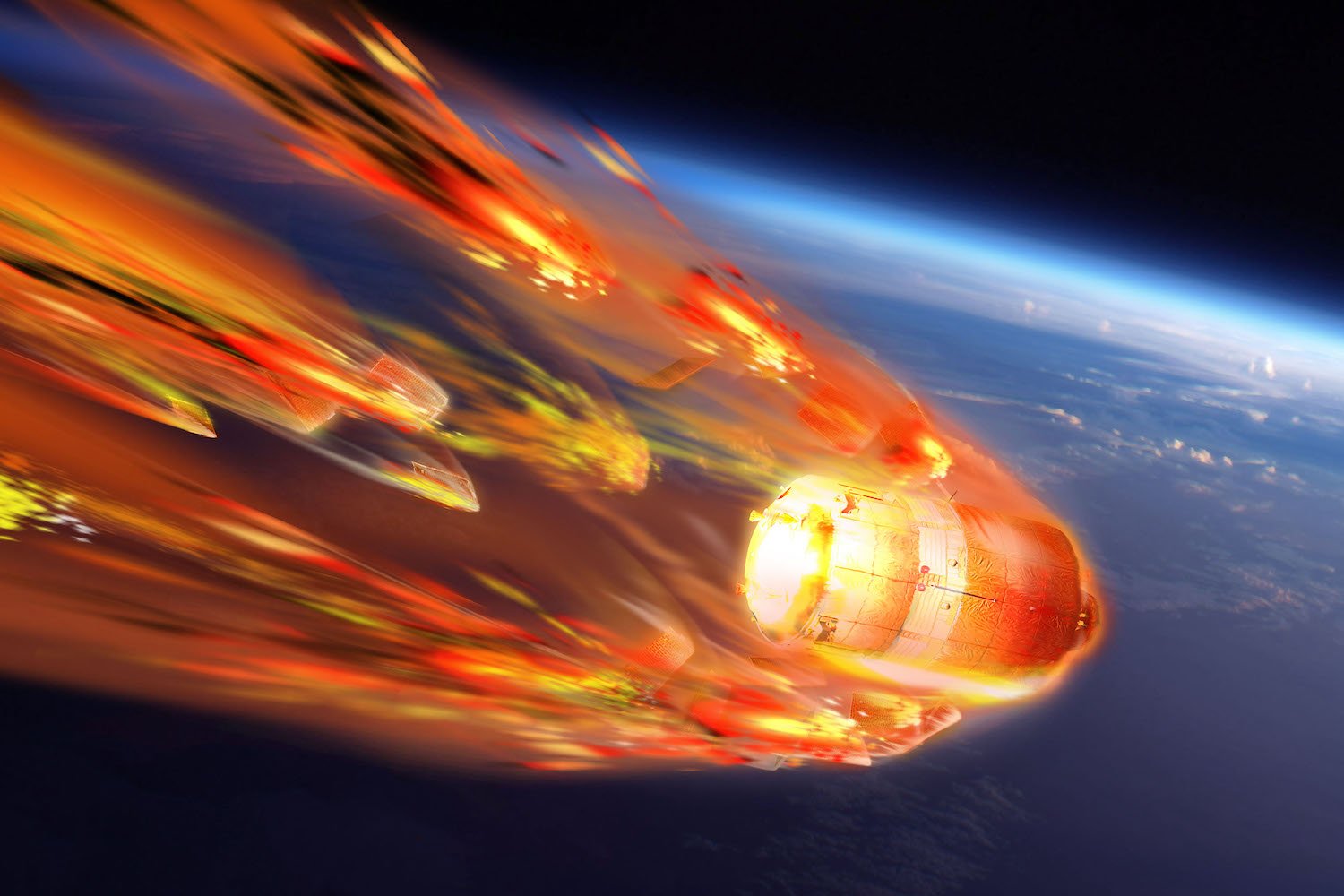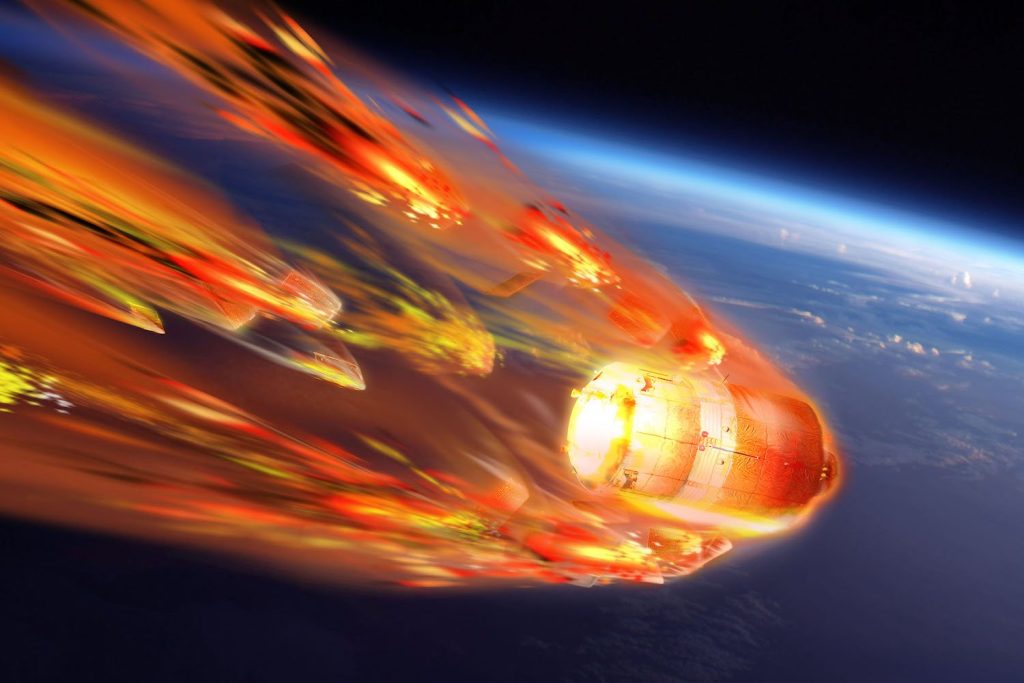A 53-year-old Venus probe that failed to escape low Earth orbit is expected to make an uncontrolled reentry in the coming weeks. Built to withstand extreme heat, parts of the spacecraft could survive the descent and crash on Earth.
The lander module from an old Soviet spacecraft is expected to reenter Earth’s atmosphere during the second week of May, according to Marco Langbroek, a satellite tracker based in Leiden, the Netherlands. “As this is a lander that was designed to survive passage through the Venus atmosphere, it is possible that it will survive reentry through the Earth atmosphere intact, and impact intact,” Langbroek wrote in a blog update. “The risks involved are not particularly high, but not zero.”
Kosmos 482 launched on March 31, 1972 from the Baikonur Cosmodrome spaceport in Kazakhstan. The mission was an attempt by the Soviet space program to reach Venus, but it failed to gain enough velocity to enter a transfer trajectory toward the scorching-hot planet. A malfunction resulted in an engine burn that wasn’t sufficient to reach Venus’ orbit and left the spacecraft in an elliptical Earth orbit, according to NASA. The spacecraft broke apart into four different pieces, with two of the smaller fragments reentering over Ashburton, New Zealand, two days after launch. Meanwhile, two remaining pieces, believed to be the payload and the detached upper-stage engine unit, entered a higher orbit measuring 130 by 6,089 miles (210 by 9,800 kilometers).
The failed mission consisted of a carrier bus and a lander probe, which together form a spherical pressure vessel weighing more than 1,000 pounds (495 kilograms). Considering its mass, “risks are similar to that of a meteorite impact,” Langbroek wrote.
As of now, it’s hard to determine exactly when the spacecraft will reenter. Langbroek estimates that the reentry will take place on May 10, but a more precise date will get clearer as the reentry date nears. It’s hard to pin down an exact date because the Sun, now in its active phase, is heating and expanding Earth’s atmosphere; it’s creating more atmospheric drag on orbiting objects, causing them to reenter sooner.
It’s also difficult to determine where the spacecraft’s remains will end up on Earth, since that depends on when it reenters the atmosphere and breaks apart. Generally, the chances of spacecraft debris landing in an inhabited area are low, with a greater likelihood of it falling into a remote part of the ocean. Still, uncontrolled reentries do pose a small risk that shouldn’t be overlooked or ignored.




